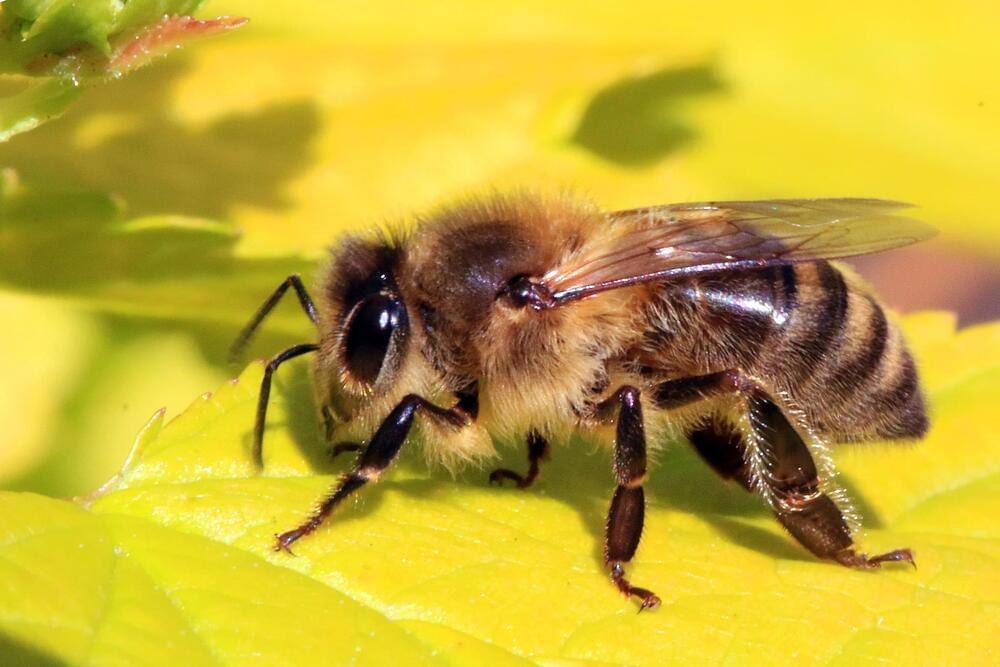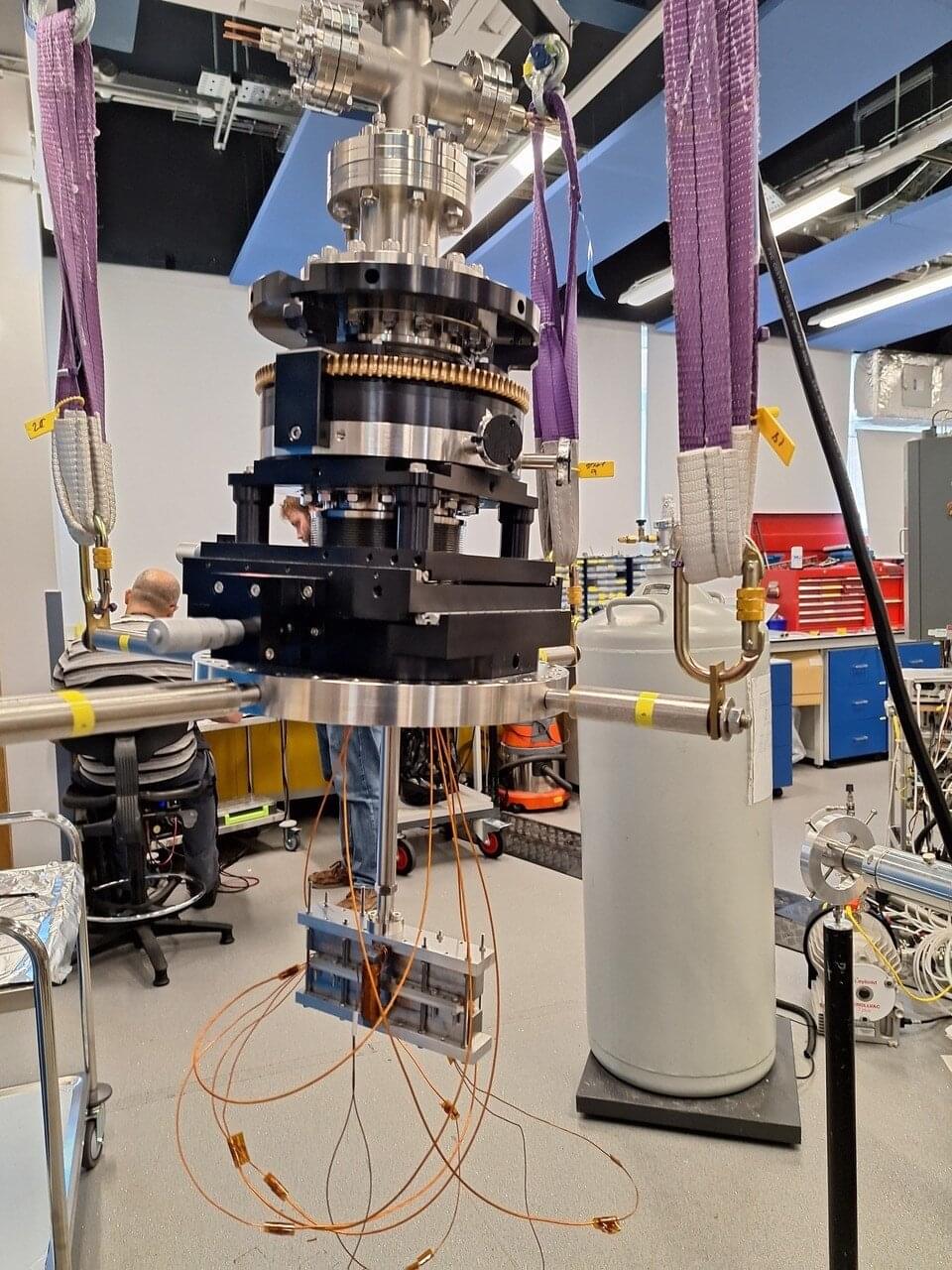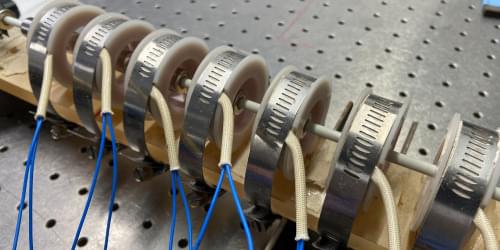Denser swarms create more atmospheric electricity, new research suggests.


The science writer and journalists talks identity politics, wokeness, trans athletes, and why his goal is to find out what is true rather than to \.

UC biologist Joshua Gross studies blind cavefish, a species of fish that dwell in cave ponds in Mexico. In a study, supported by the National Science Foundation, Gross looked at the timeline for when the cavefish develop additional taste buds on the head and chin, finding the taste bud expansion starts at five months and continues into adulthood.


Microscope images could be obtained much more quickly—rather than one pixel at a time—thanks to a new imaging method for neutral atomic beam microscopes developed by Swansea University researchers. It could ultimately lead to engineers and scientists getting faster results when they are scanning samples.
Following NASA ’s DART mission, which successfully tested asteroid deflection techniques by colliding with the moonlet Dimorphos, extensive research has revealed insights into the geological features and evolutionary history of the Didymos asteroid system.
Studies have characterized the surface and interior of these celestial bodies, examined their formation processes, and assessed their response to impacts. These findings not only provide a clearer understanding of binary asteroid systems but also enhance planetary defense strategies.
In the months that followed NASA’s Double Asteroid Redirection Test (DART) mission, which sent a spacecraft to intentionally collide with an asteroid moonlet, the science team verified that kinetic impact was a viable deflection technique, proving one effective method of preventing future asteroid strikes on Earth.
A former Ubisoft engineer explained why Unity’s PC port was lacking.


Learn about the Science of Intelligence through video lectures organized into series aimed at a general audience, the undergraduate level, and the research community.